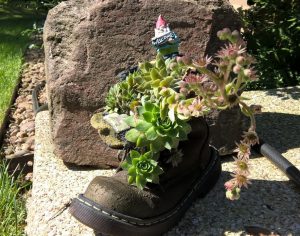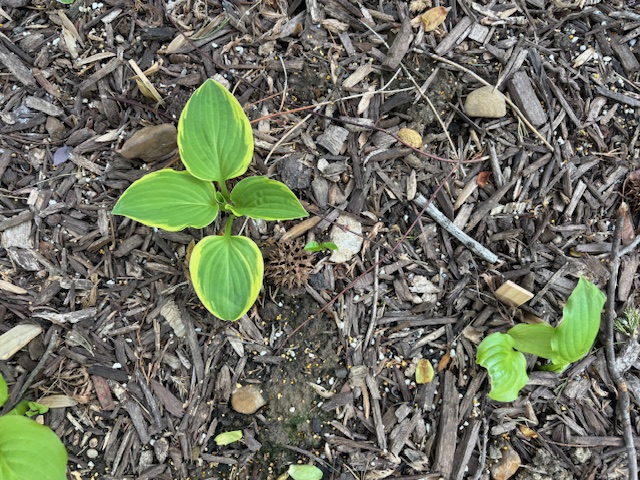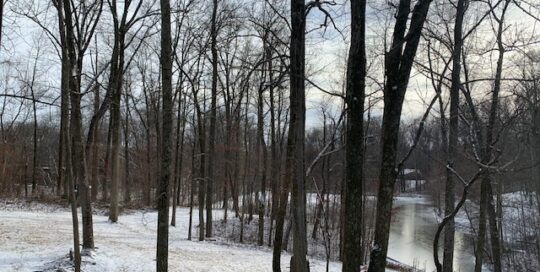Houseleeks, Anyone?
Views: 4552

If you are looking for a nearly indestructible plant, the old-fashioned Hen-and-Chicks (Sempervivum tectorum) comes very close. In fact “semper” means “always” and ‘vivum” means “living”. If you’re from the South, you might call it Hen-and-Biddies, and in Europe it’s known as a “houseleek”.
If it grew on the roof of your house, the Welsh thought houseleeks brought health and prosperity to the residents. Another folk superstition was that it protected the house from lightning. It can grow on roofs, stone walls, cracks in stones – pretty much anywhere, including an old boot. It’s happy in Zones 3 to 8, as long as it gets sun and a little moisture. Very drought tolerant, too much water will kill it off.
Originating in Europe and Asia, it’s an old, old houseplant used in ancient times and now for herbal medicine. It’s an evergreen, succulent that brings out the creativity in gardeners, who enjoy planting it in whimsical containers.
It’s also just a lot of fun to plant and grow – there are hundreds of varieties, both natural variations and cultivars. You can find them with reddish, purple-ish and of course, green. Other species are available; S. arachnoideum has cobwebby hairs covering it.
There is also a very similar succulent, Echeveria, which is closely related to Sempervivum, but native to the Southwest, Central and South America. Some Echeveria look very much like their cousin but are less cold-hardy (Zone 9a or warmer).
Both houseleeks will send out offsets (the chicks), eventually filling a space or a pot and trailing down the sides, which looks really neat. They can be easily propagated by gently teasing out the chicks once they have formed their own roots and potting them. You can also take leaves from the plant and set them on soil and they should root too.
Eventually the Mama Hen decides it’s time to flower, sending out purplish or pink, sometimes white blooms on a long stalk. The flower is interesting, but not particularly attractive. After flowering, Mama Hen dies, leaving a hole for her little chicks to fill up with offsets of their own.
Even if you have a black thumb, try growing Hen-and-Chicks, it will make you proud (and make you smile)!
Meet Dona Bergman
Dona Bergman is a founding member, Southwest Indiana Chapter of the Indiana Native Plant & Wildlife Society, and an Advanced Master Gardener.







